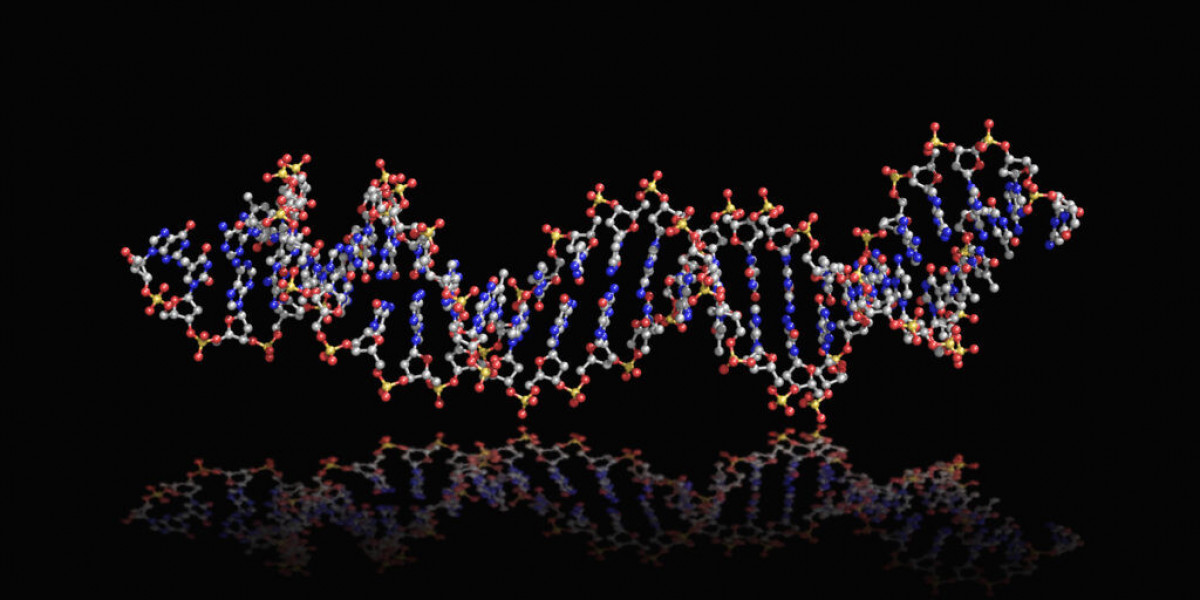The aptamer market is experiencing a notable surge in demand, largely driven by the growing focus on cost-effective alternatives to monoclonal antibodies in both therapeutic and diagnostic applications. Monoclonal antibodies have long been the gold standard in targeted therapies, particularly in cancer treatment and autoimmune diseases. However, their high production costs, complex manufacturing processes, and potential for adverse immune responses have created a need for more affordable and versatile solutions—aptamers are emerging as a promising answer.
Aptamers, which are short strands of nucleic acids (DNA or RNA), offer several advantages over monoclonal antibodies. Unlike antibodies, which are typically produced in mammalian cells through labor-intensive processes, aptamers are synthesized chemically in a more straightforward and scalable manner. This not only reduces production costs but also increases the feasibility of mass production. As the demand for biologic therapies rises, aptamers present a cost-effective alternative, particularly for small and medium-sized biotech companies that may struggle to afford the infrastructure required to produce monoclonal antibodies at scale.
One of the key benefits of aptamers over monoclonal antibodies is their ability to be easily tailored to target a wide range of molecules. Through a process called Systematic Evolution of Ligands by EXponential enrichment (SELEX), aptamers can be selected and optimized for high affinity and specificity to a particular target, be it a protein, small molecule, or even a specific cellular receptor. This high customization enables aptamers to be used in a variety of therapeutic applications, from cancer immunotherapy to treatment for infectious diseases, without the high costs typically associated with antibody development.
Moreover, aptamers are less likely to provoke immune responses compared to monoclonal antibodies, reducing the risk of immunogenicity and improving their safety profile in patients. This is particularly important in chronic disease treatments where long-term administration is often required. The stability of aptamers, especially with chemical modifications, also makes them more durable in the bloodstream, contributing to their effectiveness as therapeutic agents and diagnostic tools.
In diagnostics, aptamers are being used as highly specific recognition elements in biosensors and diagnostic assays, offering a more cost-effective approach than traditional antibody-based systems. Their use in point-of-care diagnostics is expanding rapidly, allowing for rapid and affordable testing, particularly for diseases that require frequent monitoring, such as diabetes or heart conditions. With the ability to detect biomarkers with high sensitivity and minimal sample requirements, aptamers are increasingly being integrated into handheld devices that provide real-time results, transforming diagnostic practices.
As the healthcare industry seeks more economical yet effective solutions, the demand for aptamers is likely to continue rising. Their versatility, cost-effectiveness, and safety profile make them an attractive alternative to monoclonal antibodies, which are often expensive and challenging to manufacture. With ongoing research into optimizing aptamer technologies and expanding their applications across diverse therapeutic areas, the aptamer market is poised for sustained growth, offering a promising alternative to traditional biologics and revolutionizing the future of medicine.
Read more https://www.pristinemarketinsights.com/aptamer-market-report







